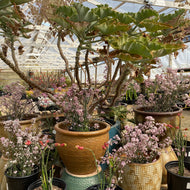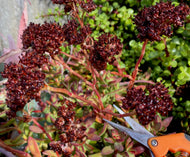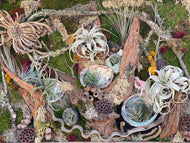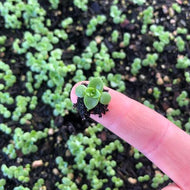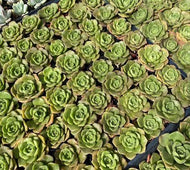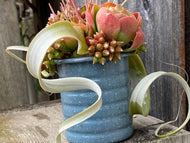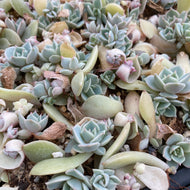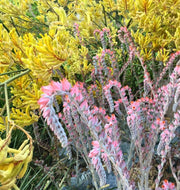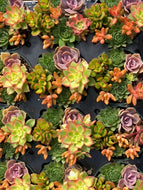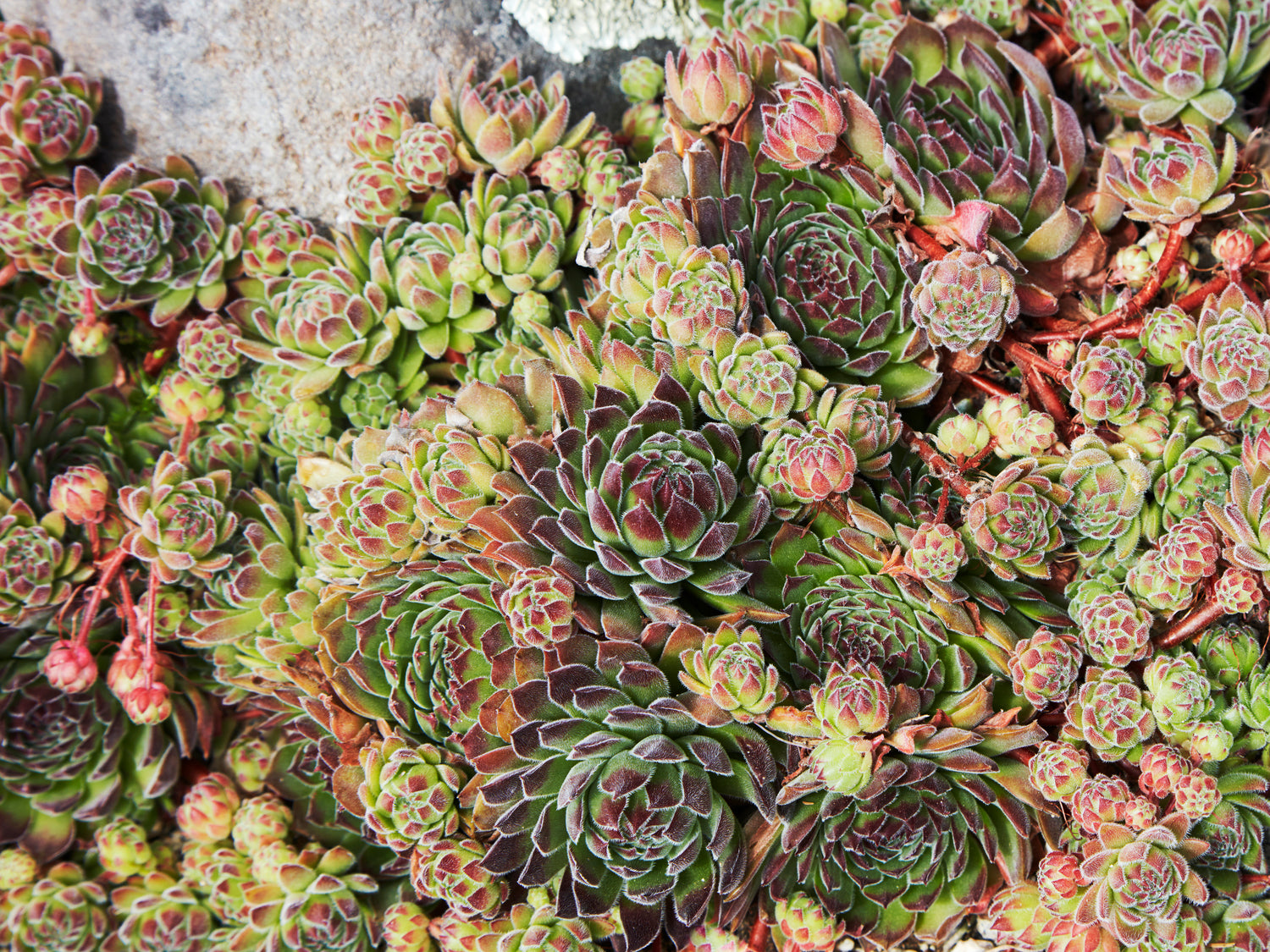Aeonium plants have been in cultivation since as early as 1711 in Europe, and they are still among the most popular succulent today. Aeonium are endemic to the Canary Islands, which has a mild, summer dry climate very similar to our climate in Monterey. Because of the similarities in climate, Aeonium are very suitable for cultivation at Succulent Gardens.
During this time of year, you might be wondering why is your Aeonium shriveled up and seem like they are dying for months at a time? Just give it a few more weeks!


Some species are very drought tolerant and others, such as Aeonium arboreum and Aeonium haworthii, can be fairly hardy during cold months. Their growth habit ranges from small, clumping, and trailing stems to tall, sub-shrub, to semi-arborescens types. With many different colors and leaf forms, they can add a multitude of accents to your pots and garden beds.
Gardening Library
To learn more about the specific varieties of Aeonium that we grow and sell at the nursery, visit our Gardening Library. Our top three favorites at the moment are:

